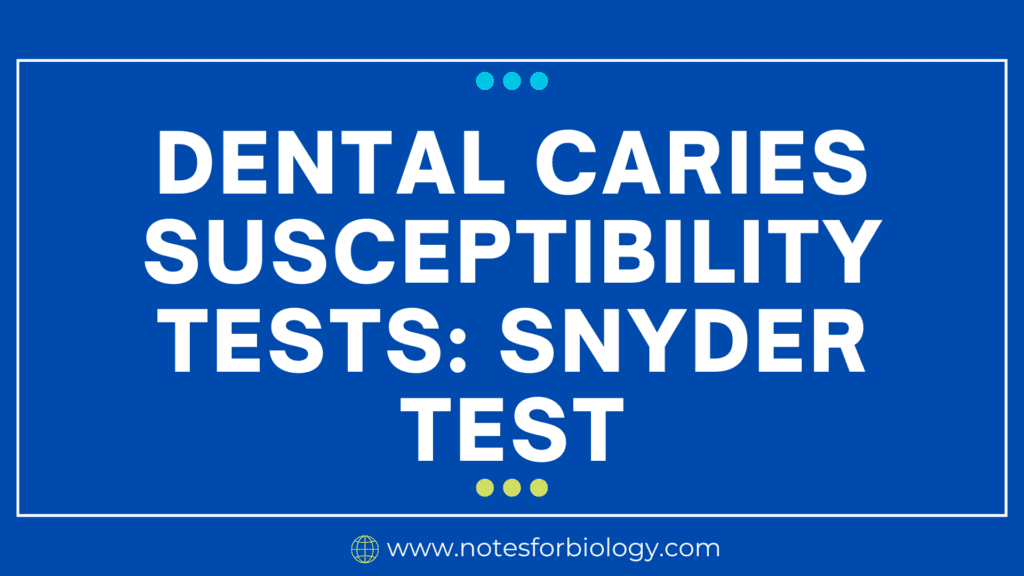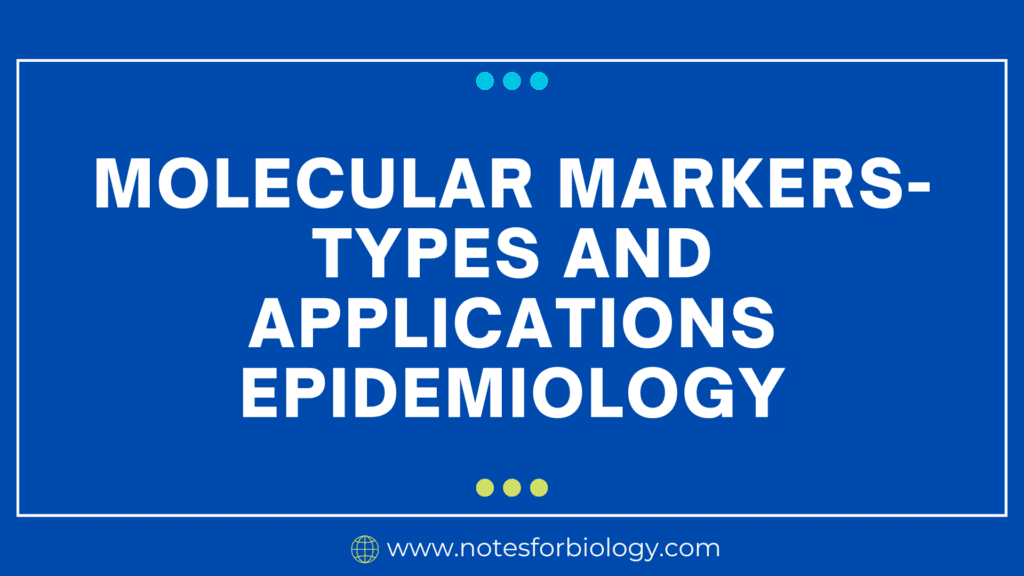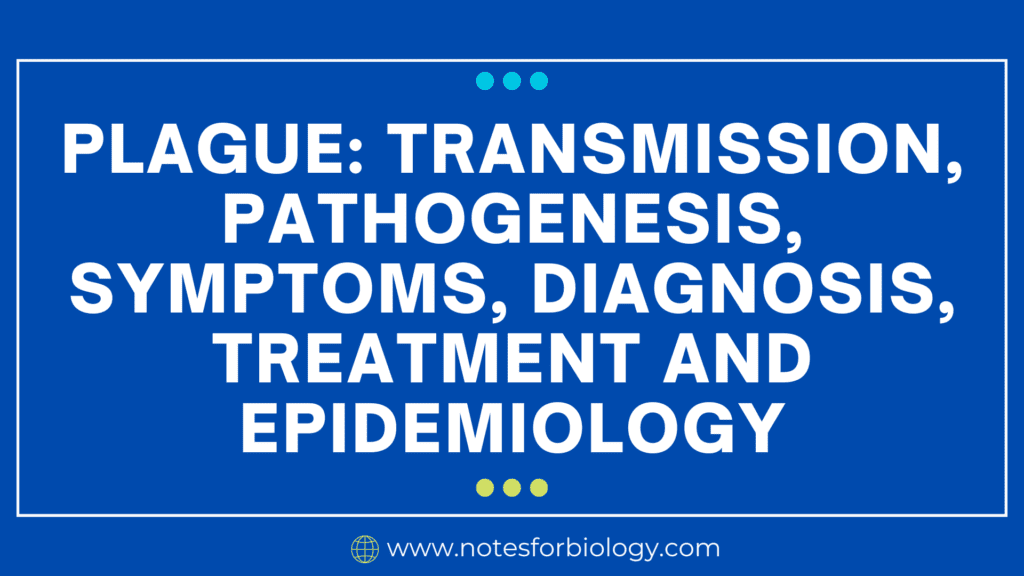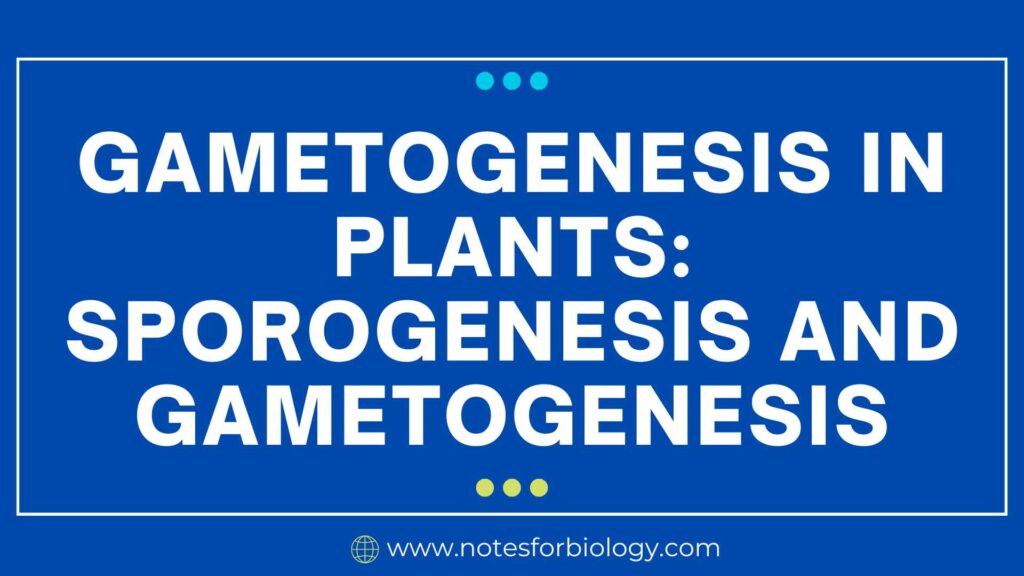Dental caries susceptibility tests: Snyder test
The Snyder test, a simple and inexpensive microbiological assay, provides a measure of an individual’s susceptibility to dental caries (tooth decay). It relies on the principle that the presence of specific bacteria in the oral cavity, particularly lactobacilli, is a strong indicator of the potential for caries development. These bacteria ferment sugars, producing acids that erode […]










